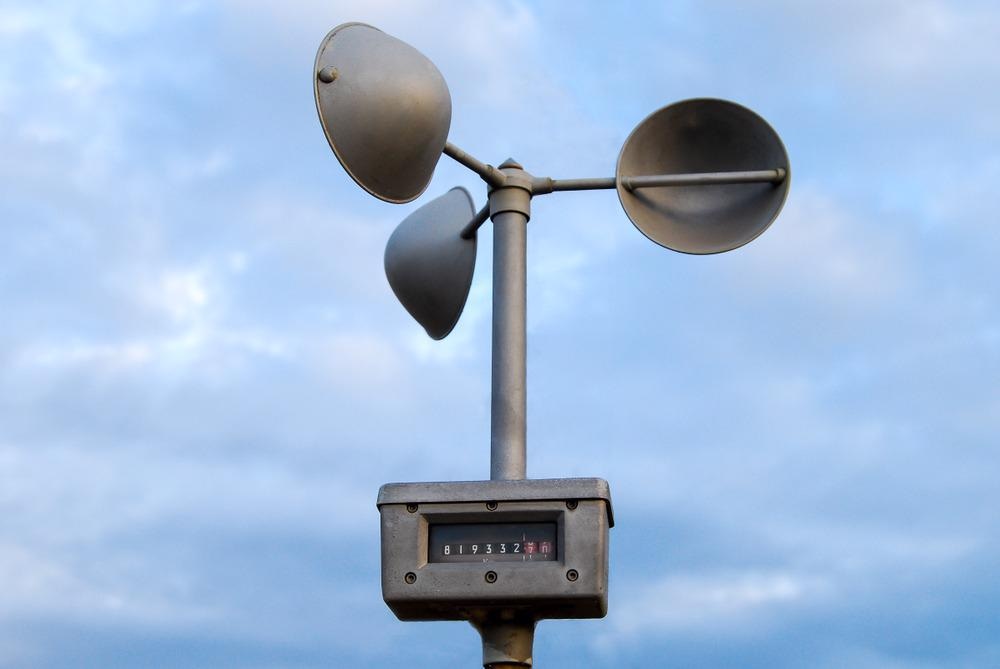Why an Anemometer is Crucial for Your Environmental Information Collection
All You Required to Know Regarding Anemometers: How They Work, Why They Issue, and Where to Use Them
Anemometers, however typically ignored in the realm of scientific tools, play an important function in various areas, offering important understandings right into wind speed and airflow patterns. Recognizing the technicians behind these gadgets is necessary for any person seeking to harness the power of this data. From meteorologists tracking weather patterns to engineers creating frameworks with wind lots in mind, the applications of anemometers are far-ranging and diverse. As we look into the complexities of anemometer technology, we will reveal the inner functions of these gadgets, their importance, and the key considerations when picking the best anemometer for specific applications.

Anemometer Basics
A necessary instrument made use of to determine wind rate and direction, the anemometer plays a crucial duty in weather forecasting and various sectors. An anemometer commonly is composed of three or four mugs that rotate in the wind, a vane that points right into the wind, and sensing units to track the rotations or activities.
There are various kinds of anemometers available, including mug anemometers, vane anemometers, hot-wire anemometers, and sonic anemometers, each with its one-of-a-kind features and applications. Cup anemometers are commonly used for fundamental wind speed measurements, while vane anemometers are preferred for directional dimensions.
Concepts of Anemometer Procedure
Structure on the fundamental understanding of anemometer fundamentals, the principles of anemometer procedure clarify the mechanics behind wind rate and direction measurements. Mug anemometers, for instance, have 3 or more cups that catch the wind, triggering them to spin much faster as the wind rate boosts. Hot-wire anemometers rely on a heated cord that cools down as wind passes over it, with the price of cooling down establishing the wind rate.
Relevance of Anemometers
Anemometers play a crucial function in measuring wind speed and direction, providing essential information for climate projecting, environment studies, environmental surveillance, and aeronautics procedures. Meteorologists rely on anemometers to gather accurate wind information, aiding them comprehend weather patterns, predict storms, and issue timely cautions to the public. Wind farm operators make use of anemometers to evaluate wind conditions and optimize power manufacturing from wind turbines.
Applications Throughout Different Industries
In the renewable energy sector, anemometers play a critical function in analyzing wind conditions for wind ranch placements, making sure optimal energy manufacturing. Industries like building and mining utilize anemometers to check wind speeds, essential for security protocols, particularly when working at elevations or in open-pit mines where solid winds can pose threats. In agriculture, anemometers aid farmers in handling crop spraying by providing real-time data on wind rate to stay clear of drift.

Picking the Right Anemometer for Your Needs
Selecting the why not check here proper anemometer tailored to your particular needs is important for getting precise wind speed and instructions measurements. When picking an anemometer, consider aspects such as read more the intended application, required dimension range, environmental conditions, and desired attributes. For basic objectives, a cup anemometer is suitable for determining wind rate, while a vane anemometer offers wind direction information. Hot-wire anemometers are perfect for low airspeed dimensions, and ultrasonic anemometers provide high precision and durability.

Final Thought
In conclusion, anemometers play an important function in gauging wind rate and direction throughout numerous sectors. It is important to consider the relevance of anemometers in order to make enlightened choices when picking the most suitable gadget for measuring wind conditions.
There are numerous types of anemometers offered, including cup anemometers, vane anemometers, hot-wire anemometers, and sonic anemometers, each with its distinct attributes and applications. Mug anemometers are generally made use of for fundamental wind speed dimensions, while vane anemometers are chosen for directional dimensions. Hot-wire anemometers are ideal for low airspeeds, and sonic anemometers are ideal for high-precision dimensions in research and industrial setups.Building on the foundational understanding of anemometer fundamentals, the concepts of anemometer procedure elucidate the technicians behind wind rate and direction measurements. For general objectives, a mug anemometer is appropriate for measuring wind speed, while a vane anemometer supplies wind direction information.